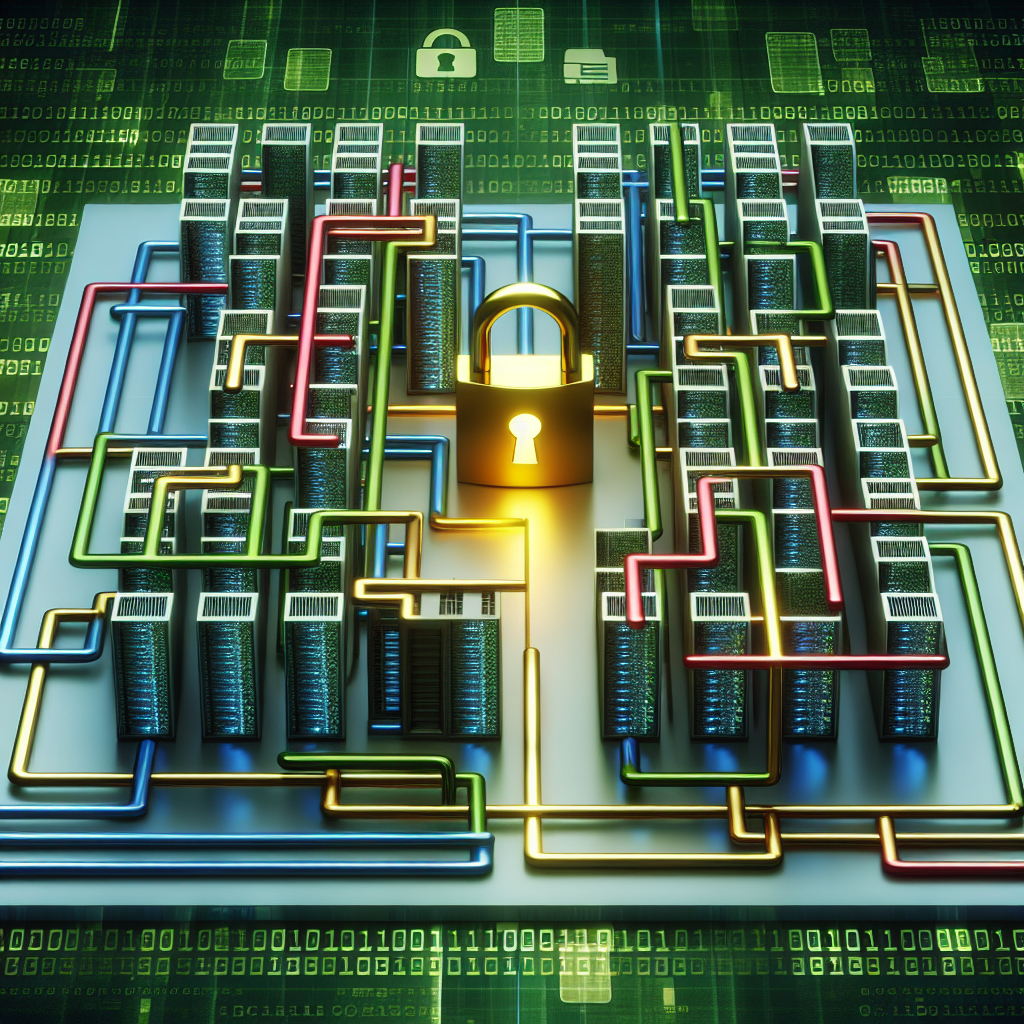Fix today. Protect forever.
Secure your devices with the #1 malware removal and protection software
In today’s digital age, data centers play a critical role in storing and managing vast amounts of sensitive information for organizations. With the increasing number of cyber threats and regulations around data privacy, ensuring compliance with security and privacy standards is more important than ever. Navigating data center compliance can be a complex and challenging task, but by following best practices, organizations can enhance their security posture and protect their valuable data.
One of the first steps in ensuring data center compliance is to conduct a thorough risk assessment. This involves identifying potential vulnerabilities and risks to the data center, as well as understanding the regulatory requirements that apply to the organization. By understanding the specific security and privacy standards that need to be met, organizations can develop a comprehensive compliance strategy that addresses their unique needs.
Once risks have been identified, organizations should implement robust security measures to protect their data center. This includes implementing access controls, encryption, and monitoring systems to detect and respond to potential security incidents. Regular security audits should also be conducted to ensure that security measures are effective and up to date.
In addition to security measures, organizations must also prioritize data privacy in their data center compliance efforts. This involves implementing data governance policies and procedures to ensure that personal and sensitive data is handled in accordance with applicable privacy regulations. This includes obtaining consent for data collection, ensuring data is stored securely, and providing individuals with the ability to access and delete their data upon request.
Another key aspect of data center compliance is ensuring physical security. Data centers house valuable information and assets, so it is essential to implement measures to protect against physical threats such as theft, vandalism, and natural disasters. This includes implementing access controls, surveillance systems, and disaster recovery plans to ensure the continuity of operations in the event of a physical security incident.
Finally, ongoing monitoring and compliance reporting are essential for maintaining data center compliance. Organizations should regularly assess their security and privacy controls, conduct audits, and report on their compliance efforts to regulatory authorities. This helps to demonstrate a commitment to data protection and can help mitigate potential fines or penalties for non-compliance.
In conclusion, navigating data center compliance requires a comprehensive approach that encompasses security, privacy, and physical security measures. By following best practices and staying informed about regulatory requirements, organizations can enhance their security posture, protect their valuable data, and maintain compliance with data protection standards.
Fix today. Protect forever.
Secure your devices with the #1 malware removal and protection software

Leave a Reply
You must be logged in to post a comment.